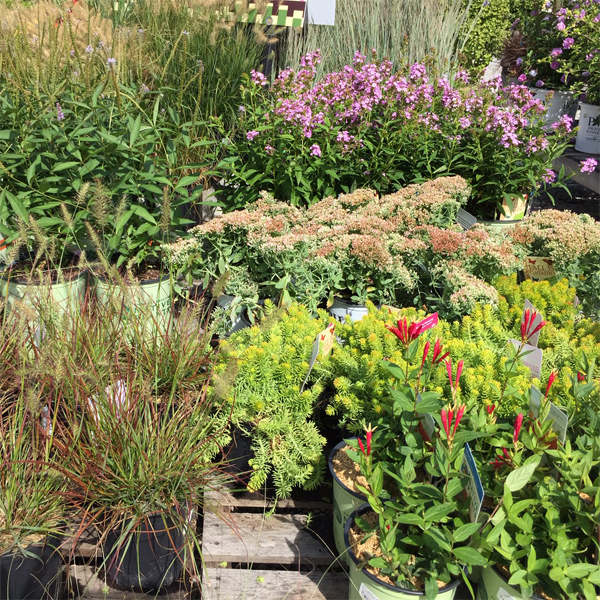New Englanders have always known that fall is the best time of the year to be outdoors, whether it be for work or play. Gardeners understand that the fall offers a unique combination of favorable factors for planting trees and shrubs. This year’s weather has been particularly accommodating in the temperature department, although a little too dry. But when is it too late in the season to plant and what special attention do transplants need as we move into November?
Most needled evergreens and deciduous trees and shrubs can planted right up until Thanksgiving. It is critically important that all established processes and procedures for successful transplanting be followed (see our Planting Guidelines reference sheet). Use of soil amendments where appropriate and planting depth are always important factors. Beyond that, late season plantings will benefit greatly from the use of root starters such as Biotone, Roots, PHC, UpStart, etc. Liquid applications (Bonide Plant Starter 3-10-3) are preferable, since the essential root encouraging minerals are already in soluble, readily available form. Don’t forget a healthy layer (2-3”) of root insulating bark mulch to help keep soils as warm as possible for as long as possible. This will slow down the inevitable cooling of the soil that slows root growth and establishment. Remember that it has been abnormally dry this fall so continue to water thoroughly (1-2 inches of rain/irrigation per week) until the ground freezes. Finally, you might consider the use of an anti-dessicant such as WiltPruf on certain broadleaf and needled evergreens that would benefit from that protection on open sites. This is a good alternative to wrapping shrubs in burlap or the use of covers, which can have mixed results.








